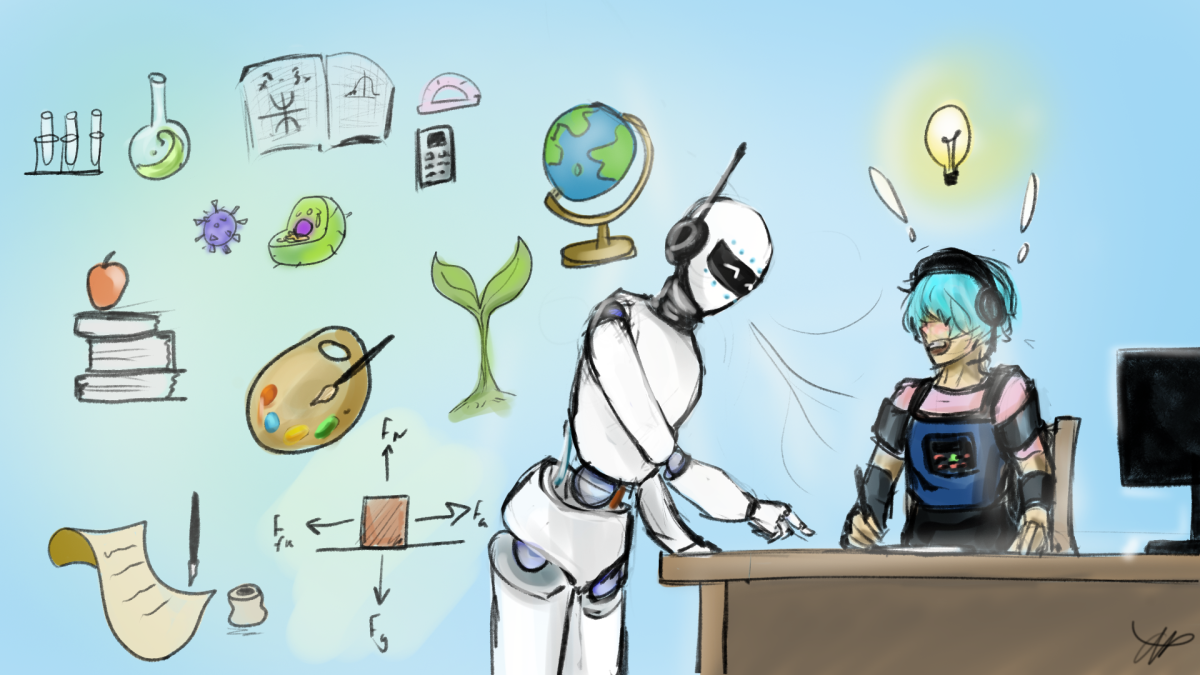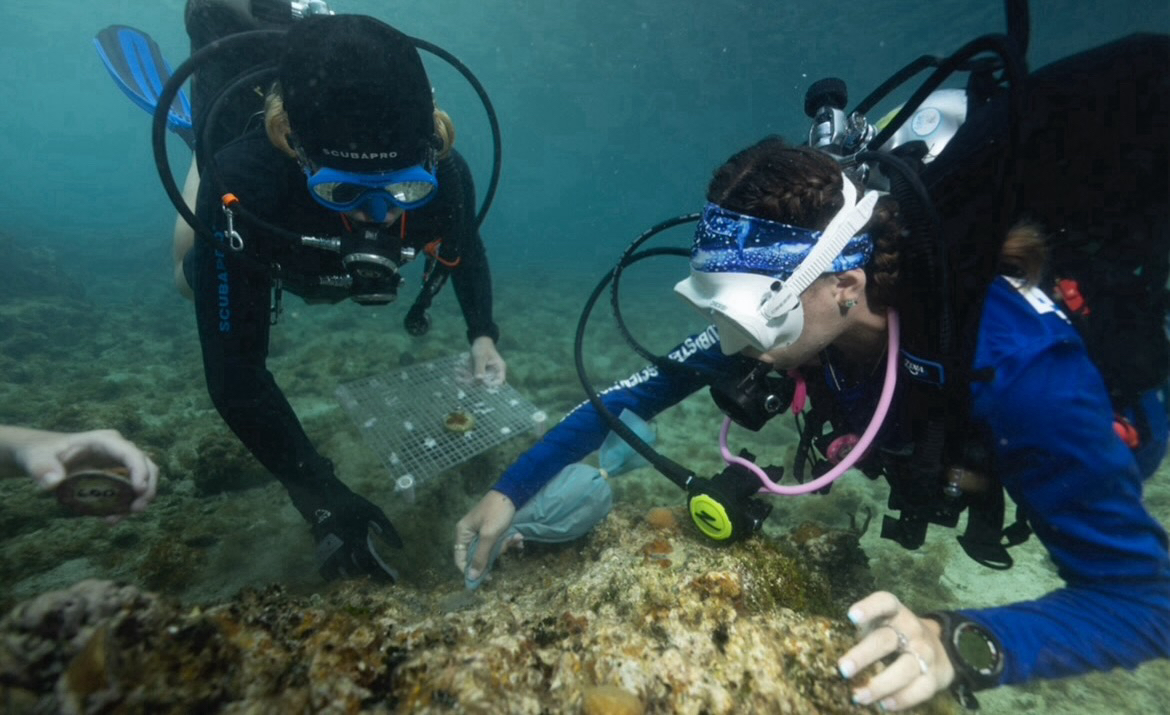The female body is a taboo topic. In ancient times, women’s bodies symbolized the purest of entities. The female anatomy was supposed to be mysterious, sophisticated, and beautiful. Men and women knew little of reproductive anatomy, and most early diagrams of these systems were abstract. Until the 1960s, most men and women were not educated in schools about the construct of their own bodies, and many never received proper sexual education at all. In the present day, more than half of the United States, including the District of Columbia, do not require sexual education to be taught in public schools. Despite the lack of proper anatomical education, there are dozens of slang words for different female body parts, most of them used as insults against men as a means of degrading them.
Most people cannot help but flinch when they hear the word “vagina.” According to a study in the United Kingdom of 2,000 adults, fewer than 50% of men and women can properly place where the vagina is located on a diagram of the female reproductive system. What’s more, 17% of men in the study responded that they “don’t feel that they need to know, as it is a female issue.”
So why does talk of the reproductive system in general constantly receive dirty looks and disapproving stares? Moreover, why are men and women scared to confront what lies below their noses? The human body is capable of incredible feats, and it has evolved over thousands of years to compete with other species and continue to reproduce. You do not need to be a doctor to have a basic understanding of the body that you and those of the opposite sex inhabit. It is high time that we start a universal conversation about the human reproductive system, both male and female.
Most people do not even understand the true definition of a vagina. The vagina, contrary to popular belief, is not the vulva. The vulva is the correct term for the outer part of the female genitals. The vagina is actually the internal canal made of muscle that connects the cervix to the outside world. Understanding the most basic parts of reproductive anatomy is important when discussing childbirth.
Although every person is different, we all come from the same place: a uterus. Childbirth is enshrouded in misconceptions and a general air of disgust. Few people express interest in understanding how they were brought into the world, even though 4 million babies are born in the United States annually.
Over different centuries and in different countries, childbirth has looked quite different. Before 1950, the overwhelming majority of American women chose to give birth in the comfort of their homes. Fathers were generally not allowed in these delivery rooms until the 1970s. The conventional childbirth path in the United States today takes place in the delivery ward of a hospital with both parents present. However, any woman can choose to have a midwife present, a home birth, a water birth, or a typical hospital delivery.
Although every childbirth is different, most childbirths follows the same basic procedures, as outlined by NSW Health. Before labor, most women find that a sack of amniotic fluid that contains the baby breaks, also known as “waters breaking,” or rupture of membranes. Labor officially begins with contractions, sometimes hours after one’s waters break. These contractions help open up the cervix, which must be fully dilated before the baby can come into the world. The pelvis has ligaments and bones that move and stretch as the baby moves into the vagina. Babies also have spaces in their skull that allow their heads to be somewhat malleable as they travel through the pelvis. Babies often require a very slight pull to exit the birth canal, after which one may cut their umbilical cord. Women must also deliver the placenta five to 30 minutes after the baby is born.
However, complications can arise. Labor may need to be induced by injecting hormones into the mother’s body. Some women suffer from the depletion of vital hormones during childbirth, which disrupt contractions. If such a complication occurs, mothers are offered synthetic oxytocin to help the cervix contract. A common issue at birth arises when the baby is in a breech or posterior position. In most cases, babies come out of the womb headfirst. However, a breech position baby may require forceps or even a medical vacuum to help guide it safely through the vagina. Many women may opt to have a cesarean section as well. In some rare cases, mothers may suffer from cephalopelvic disproportion, which occurs when the baby’s head is too large to fit through the mother’s pelvis. This, too, is often followed by a cesarean section.
Many advancements in the medical world have allowed mothers to experience a more synthetically comfortable pregnancy and access safer health care during childbirth. In fact, by 2017, the world’s maternal mortality rate decreased by 44% since 1990. The introduction of anesthesia and other pain relievers to America in the 1950s revolutionized childbirth, and women have reported significantly greater relaxation and comfort during delivery.
Despite these impressive advancements made in first-world countries, many women across the world still do not receive proper care during childbirth. Roughly 300,000 women still die each year during childbirth worldwide. Even though this number has dropped significantly; one cannot discount the thousands of families that lose loved ones to improper antenatal care. Ninety-four percent of these maternal deaths occur in middle to low-income families and communities. There is a great disparity regarding proper access to pre- and post-natal healthcare among the classes and those of different races, even within the United States. Less than 25% of women in sub-Saharan Africa and Oceania receive antenatal care. Subsequently, these regions also see the highest rates of stillborn babies and mortality in infants.
Yet, there is something to be said regarding the thousands of women who give birth to healthy babies each year without any desire to have professional medical assistance. The modern image of typical childbirth depicts a woman in a hospital gown lying, often unconscious, on a cold stretcher, surrounded by sharp metal objects, bright lights, and doctors in scrubs and masks. Though most women feel more comfortable in this sterile environment, the image is, no doubt, unpleasant. For this reason, many women choose to give birth at home or in nature. Although modern advances have allowed for the reduction of labor pains for hospital patients, there are some women who experience naturally pain-free births.
Many indigenous cultures have specific spiritual practices that guide women during pregnancy childbirth. These women deliver their babies in more relaxing, familiar, and natural environments. According to historical texts, Native American mothers took very specific precautions during pregnancies to ensure proper development of the fetus, such as maintaining a specific diet and refraining from activities that could harm the baby. When women believed they were going into labor, they would embark on the journey of childbirth in solitude. Native women would walk down to a brook, field, or forest, create shelter for themselves, lay down mats, and deliver their babies in solitude. Early accounts describe the absence of screams or discomfort, and many women explained that such births were completely painless. The women of several indigenous tribes throughout South America, specifically in Amazonian regions, wade into nearby streams, lakes, and rivers to deliver their children with no report of pain or complication.
Childbirth is an individual experience that differs from mother to mother. However a mother chooses to deliver her baby, comfort should be a priority. Every mother should be informed of her options and given proper education to determine the best course of action. Men and women should be cognizant of their own reproductive anatomies, understand how they function, and learn how to take proper care of their bodies. When men and women can respectfully discuss their own organs without fear of disgust or disapproval, society may finally see a revolutionary evolution of medical health and awareness.
It is time for society to stop using the female body as a source of derogation and revulsion. Misunderstanding and disrespect of female reproductive anatomy are core ingredients to gender inequality and sexual harassment. When men and women refuse to say the words “vulva” or “vagina” in proper context, they promote the idea that the female reproductive system is something to be shameful of. Men and women should work together to educate one another and the next generation about the male and female reproductive systems and how they interact. To achieve ultimate gender equality, proper knowledge of the very systems that define each sex should be a goal every individual strives for. Start the conversation about reproductive health and anatomy now to ensure a better tomorrow.






